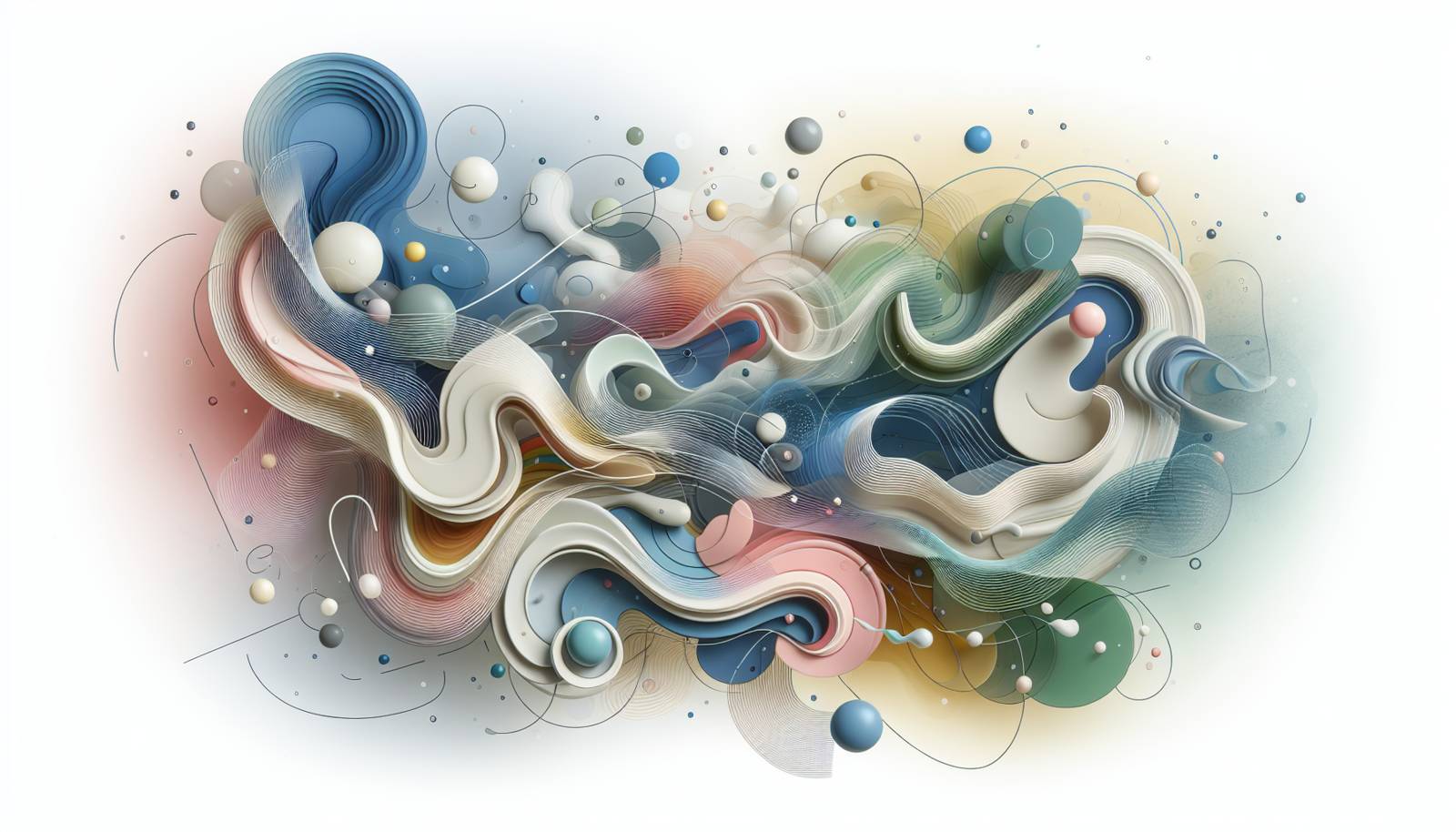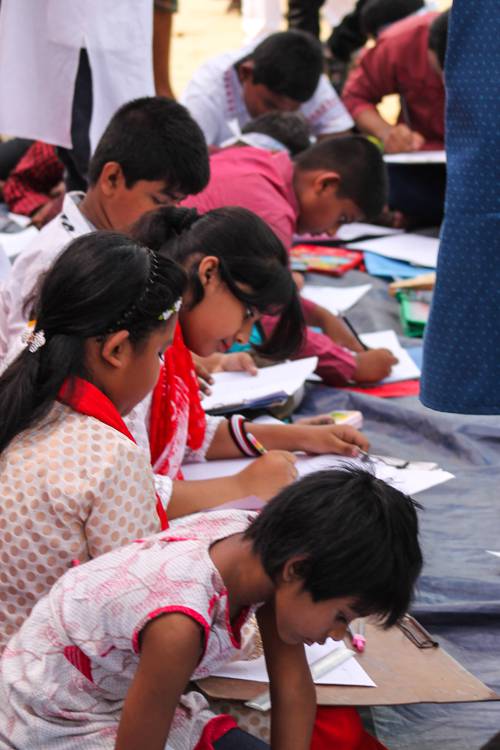
FAQ About The Role of Cultural Competitions in Artistic Innovation

What are cultural competitions?
Cultural competitions are events where individuals or groups from different backgrounds showcase their artistic talents in various disciplines such as music, dance, painting, or theatrical performance. These competitions can be local, national, or international and are often focused on celebrating and preserving cultural heritage while promoting artistic excellence.

How do cultural competitions encourage artistic innovation?
Cultural competitions encourage artistic innovation by providing a platform for artists to present their works to a diverse audience and receive constructive feedback. The competitive environment stimulates creativity, pushing participants to explore new techniques, styles, and ideas. Additionally, exposure to a variety of global artistic expressions inspires artists to blend different cultural influences, leading to the emergence of novel art forms and styles.

What role do judges play in cultural competitions?
Judges in cultural competitions are typically experts in their respective artistic fields and play a crucial role in assessing the participants' work. They provide critical feedback that can help artists refine their skills and broaden their creative horizons. Judges also help to identify and reward innovative approaches that contribute to the evolution of artistic disciplines.

Can cultural competitions facilitate cross-cultural exchange?
Yes, cultural competitions are excellent platforms for cross-cultural exchange. They bring together artists from different cultural backgrounds, enabling them to share their traditions, techniques, and perspectives. This interaction fosters mutual understanding and appreciation, encouraging collaboration that can lead to the creation of hybrid art forms and innovative artistic practices.

What is an example of a famous international cultural competition?
An example of a renowned international cultural competition is the Eurovision Song Contest. This annual event invites performers from various countries to present original songs, providing a space for cultural exchange and showcasing diverse musical styles. Through its extensive viewership, Eurovision has significantly influenced the global music scene by introducing audiences to different cultural expressions and musical innovations.

How do cultural competitions contribute to the preservation of cultural heritage?
Cultural competitions contribute to the preservation of cultural heritage by celebrating traditional art forms and encouraging participants to sustain and enhance them. They often include categories specifically focused on traditional arts, thereby ensuring that these cultural expressions receive broader recognition and appreciation. Such competitions also document and archive performances and art pieces, supporting the ongoing education and awareness of cultural practices.

What impact do cultural competitions have on emerging artists?
Cultural competitions can have a profound impact on emerging artists by providing them with exposure, experience, and networking opportunities. Winning or participating in prestigious competitions can be a significant career milestone, enhancing an artist's credibility and open doors to new opportunities. The experience gained from performing or presenting their work in such environments helps build confidence and can inspire further artistic development.

Are there any downsides to cultural competitions?
While cultural competitions offer many benefits, there can be downsides such as the risk of commercialization and the pressure to conform to certain winning criteria, which might stifle creativity. Moreover, the competitive environment can sometimes lead to stress and anxiety among participants. It is essential that organizers and judges balance the competitive element with encouragement for artistic expression and innovation.

How do cultural competitions foster international collaboration?
Cultural competitions create international collaboration by assembling artists from across the world in a shared space. Participants often engage in workshops, discussions, and joint performances, allowing them to learn from one another and build networks. These interactions can lead to collaborative projects that combine diverse cultural elements, resulting in innovative artistic outcomes that reflect a blend of international styles and ideas.

What technological advancements are used in cultural competitions?
Technological advancements have significantly enhanced cultural competitions by improving how events are organized, judged, and shared with audiences. Technologies such as virtual reality, live streaming, and social media platforms allow competitions to reach a global audience, providing artists with wider exposure. Additionally, technologies like AI and big data analytics are increasingly being used to assess performances and predict trends, further influencing the artistic landscape.

How do cultural competitions influence global art trends?
Cultural competitions can greatly influence global art trends by introducing audiences to a variety of new styles and ideas. As these competitions highlight the best and most innovative works, they can set benchmarks for artistic quality and creativity. This exposure often leads to the adoption of new trends in the mainstream art world, ultimately shaping the direction of global art movements.

What kind of skills can artists develop by participating in cultural competitions?
Artists participating in cultural competitions can develop a wide range of skills, including technical proficiency in their craft, creativity, and the ability to innovate under pressure. They also gain valuable experience in presenting their work to diverse audiences and responding to constructive criticism. Moreover, the networking opportunities provided by these events can enhance interpersonal and collaborative skills, which are vital for artistic development.

How do cultural competitions promote diversity and inclusion in the arts?
Cultural competitions promote diversity and inclusion by inviting artists from varied backgrounds to participate, showcasing a wide range of cultural expressions. By celebrating differences and encouraging the exploration of diverse artistic traditions, these competitions help break down cultural barriers and build bridges between communities. This inclusivity fosters an environment where every artist has the opportunity to share their unique perspectives and contribute to the arts.

What is the economic impact of cultural competitions on local communities?
Cultural competitions can have a positive economic impact on local communities by attracting tourism, creating jobs, and promoting local businesses. These events often draw visitors who spend money on accommodations, dining, and shopping, boosting the local economy. Additionally, they provide opportunities for local artists and artisans to market their products and services, further stimulating economic growth.

How do cultural competitions help in discovering new talents?
Cultural competitions serve as platforms for discovering new talents by providing opportunities for emerging artists to showcase their skills. These events often feature a judging panel of established artists and industry professionals who can spot potential and offer mentorship or career advancement. As a result, many now-famous artists have been discovered through their participation in cultural competitions.

How do cultural competitions impact the cultural identity of participants?
Participating in cultural competitions can influence an artist's cultural identity by encouraging self-exploration and expression of their cultural heritage. Artists often reflect on their cultural roots during their creative process, which can lead to a deeper appreciation and understanding of their identity. Additionally, exposure to different cultural perspectives can also broaden their view, enabling them to craft a more inclusive and diversified identity.

Why are cultural competitions essential for art education?
Cultural competitions are essential for art education as they provide practical experience and learning opportunities that are not always available in formal settings. They allow aspiring artists to practice their craft in a competitive yet constructive environment, satisfying educational objectives such as creativity, analysis, and critique. Competitions also expose students to a variety of styles and techniques, encouraging a more comprehensive understanding of art and culture.

How do cultural competitions support sustainable artistic practices?
Cultural competitions support sustainable artistic practices by encouraging innovation in the use of materials and techniques. Many competitions promote environmental sustainability by setting guidelines or offering categories that focus on eco-friendly and resource-efficient art. This emphasis not only boosts awareness but also inspires artists to integrate sustainability into their creative processes, leading to more environmentally conscious art forms.

What are the challenges of organizing cultural competitions?
Organizing cultural competitions can be challenging due to the need for substantial resources, coordinating logistics, and ensuring inclusivity and fairness. Organizers must address issues such as funding, securing venues, and managing participant applications. Additionally, ensuring that the judging process is unbiased and transparent is crucial for the competition's credibility. Collaborating across different cultures can also present challenges that require careful management to ensure a successful event.

How do cultural competitions align with global cultural goals?
Cultural competitions align with global cultural goals by actively promoting cross-cultural understanding, diversity, and artistic exchange. These events support UNESCO's objectives of safeguarding cultural heritage and encouraging creativity as a means for sustainable development. By fostering dialogue and cooperation among artists worldwide, cultural competitions contribute to broader initiatives aimed at celebrating and conserving our shared cultural diversity.
